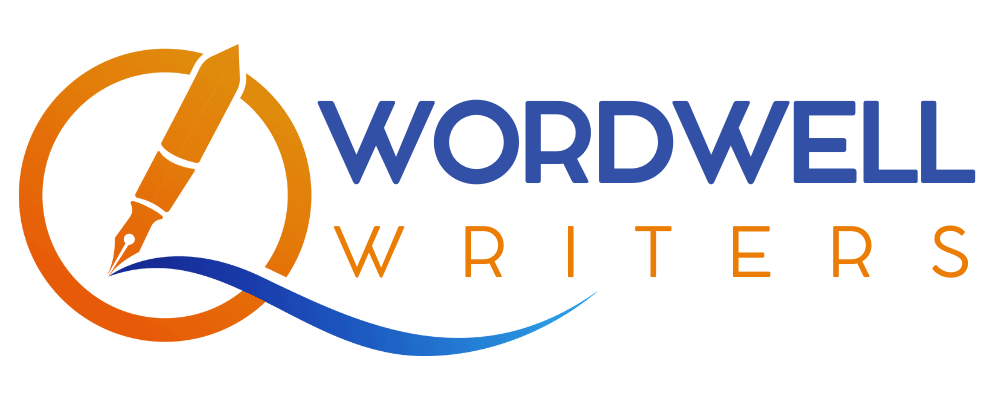Phone: +1 (704) 749 834 | Email: support@wordwellwriters.com

Proper referencing is a cornerstone of academic integrity. Using correct citation styles not only helps you avoid plagiarism but also strengthens the credibility of your work. Different academic disciplines have preferences for specific citation formats, and understanding these can make your essays, research papers, and dissertations professional and authoritative. This guide explores the four most widely used citation styles—APA, MLA, Chicago, and Harvard—and provides practical tips to master them.
1. APA (American Psychological Association)
APA style is commonly used in social sciences, such as psychology, sociology, and education. It focuses on clarity, conciseness, and proper attribution.
Key Features:
- In-text citations: Include the author’s last name and year of publication. Example: (Smith, 2020).
- Reference list: A separate page listing all sources alphabetically with full publication details.
- Formatting: Double spacing, 12-point Times New Roman font, and a running head on every page.
Example:
- In-text citation: (Johnson, 2018)
- Reference entry: Johnson, L. (2018). Understanding social behavior. New York, NY: Academic Press.
Using APA citation styles ensures your research is clearly organized and sources are properly acknowledged.
2. MLA (Modern Language Association)
MLA style is widely used in humanities, including literature, languages, and cultural studies. It emphasizes simplicity and readability.
Key Features:
- In-text citations: Author’s last name and page number. Example: (Smith 45).
- Works Cited page: Alphabetical listing of all referenced sources at the end.
- Formatting: 1-inch margins, double spacing, header with last name and page number.
Example:
- In-text citation: (Brown 102)
- Works Cited entry: Brown, Emily. The Art of Writing. London: Literary Press, 2019.
MLA citation styles are straightforward and easy to apply, making them ideal for essays and literary analysis.
3. Chicago Style
Chicago style is versatile and used across disciplines, including history, business, and the arts. It offers two main systems:
3.1 Notes and Bibliography
- Uses footnotes or endnotes for in-text citations.
- Includes a bibliography listing all sources.
3.2 Author-Date
- Similar to APA with in-text citations (Author, Year).
- Includes a reference list at the end.
Example (Notes and Bibliography):
- Footnote: 1. Smith, History of Modern Art, 56.
- Bibliography entry: Smith, John. History of Modern Art. New York: Art Press, 2020.
Mastering Chicago citation styles ensures accuracy in both textual citations and bibliographies.
4. Harvard Style
Harvard is widely used in the UK, Australia, and other regions. It is popular for its simplicity and flexibility.
Key Features:
- In-text citations: Author’s last name and year of publication. Example: (Smith, 2020).
- Reference list: Alphabetical order at the end of the document.
- Flexibility: Minor variations exist, but the core principles remain consistent.
Example:
- In-text citation: (Taylor, 2017)
- Reference entry: Taylor, R., 2017. Modern Business Practices. London: Business Press.
Harvard citation styles provide a clear, adaptable framework for referencing sources across multiple academic disciplines.
Tips for Mastering Citation Styles
- Know your discipline: Use the citation style preferred in your field.
- Be consistent: Apply the same style throughout your document.
- Use citation tools: Programs like Zotero, EndNote, or online citation generators save time.
- Check formatting: Follow official guides to avoid mistakes.
- Proofread references: Ensure all sources are accurately cited and included in your reference list.
Conclusion
Mastering citation styles—APA, MLA, Chicago, and Harvard—is essential for academic success. Proper referencing enhances the credibility of your work, prevents plagiarism, and demonstrates professionalism. By understanding the rules of each style, applying them consistently, and using available tools, you can confidently produce high-quality essays, research papers, and dissertations.
